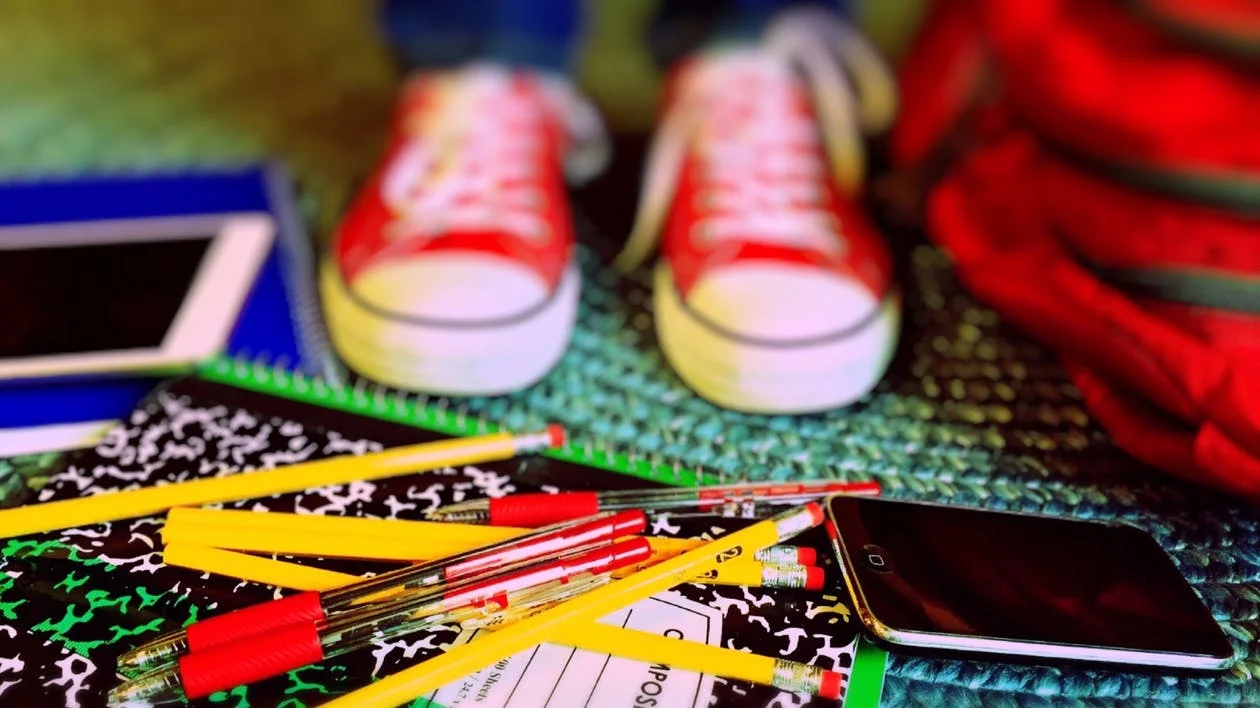LEARNING MODELS FOR SCHOOL YEAR 2020-2021 IN MASSACHUSETTS WITH COVID
/The new school year is beginning for many, if not all, students this week in Massachusetts. Never has a new school year brought about so many questions and uncertainty as this year. With new information coming out almost daily it is hard to provide guidance and answer the questions that seem to pop up the most. So with that in mind we are hoping to offer some reminders as we start the new school year
Learning Models
Most districts will offer: in-person learning, hybrid learning and remote learning. But what is the difference?
Full-time In-person Learning
This is the ‘traditional’ school model of years past. Teachers/support staff and students are in the school building and receiving instruction as ‘usual.’ Districts should again be prioritizing groups of students and considerations for maximizing in-person learning for students with disabilities should be made when developing schedules. Schools have been given some leeway to be creative in using alternative school spaces to get the most use of their space (i.e. having classes outside on the school grounds) and to maximize the number of students/staff that can be allowed on the premises.
Remote Learning
All schools and districts are required to have a comprehensive plan for delivering special education instruction and services remotely. This model must be available for individual students who are not returning in-person, and for all students in the event of future classroom or school closures due to COVID-19. The emergency closing in the Spring was unexpected and the expectations of students/staff/learning was not ideal. The remote learning in school year 2020-2021 is expected to be more robust as districts have had time to plan for additional closures. During the 2020-2021 school year, schools and districts must be prepared to provide services through “Instruction and Services” mode of delivery.
What must remote learning models include now?
Procedures for all students to participate in remote learning, including a system for tracking attendance and participation;
Remote academic work aligned to state standards; and
A policy for issuing grades for students’ remote academic work.
What can Parents/Guardians expect in regards to communication?
A regular and consistent schedule of classes, interventions, services and therapies as required by the student’s IEP, offered synchronously or asynchronously;
Structured learning time designed so that the student can access state standards; and
Frequent interactions with teachers and other staff members to ensure participation.
Hybrid Learning
As with the “in-person” model schools are again asked by DESE to maximize in-person learning for students with disabilities should be prioritized. Preschool-aged students with disabilities and students with significant and complex needs should be considered for continuous in-person learning to the greatest extent possible. This ‘model’ should incorporate the expectations of both the in-person and remote models as stated above.
It is important to know that, in-person services offered within the student’s home or in a community-based setting, particularly for students with significant and complex needs, can also be considered as part of a hybrid model to ensure that as many services as possible are provided in-person instead of remotely.
Have questions or concerns about your student? Contact us to discuss further:
E.M. Curran Legal LLC
10 Tower Office Park
Suite 314
Woburn, MA 01801
Phone: 781-933-1542
Fax: 781-933-1549












